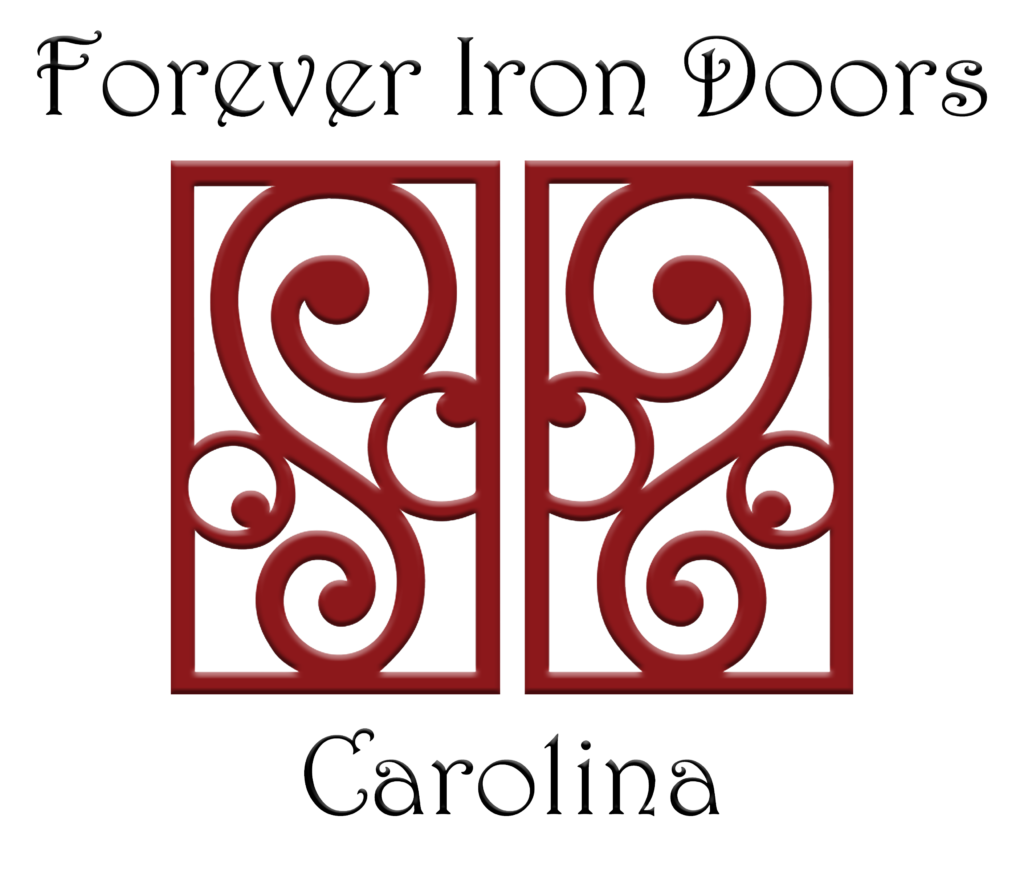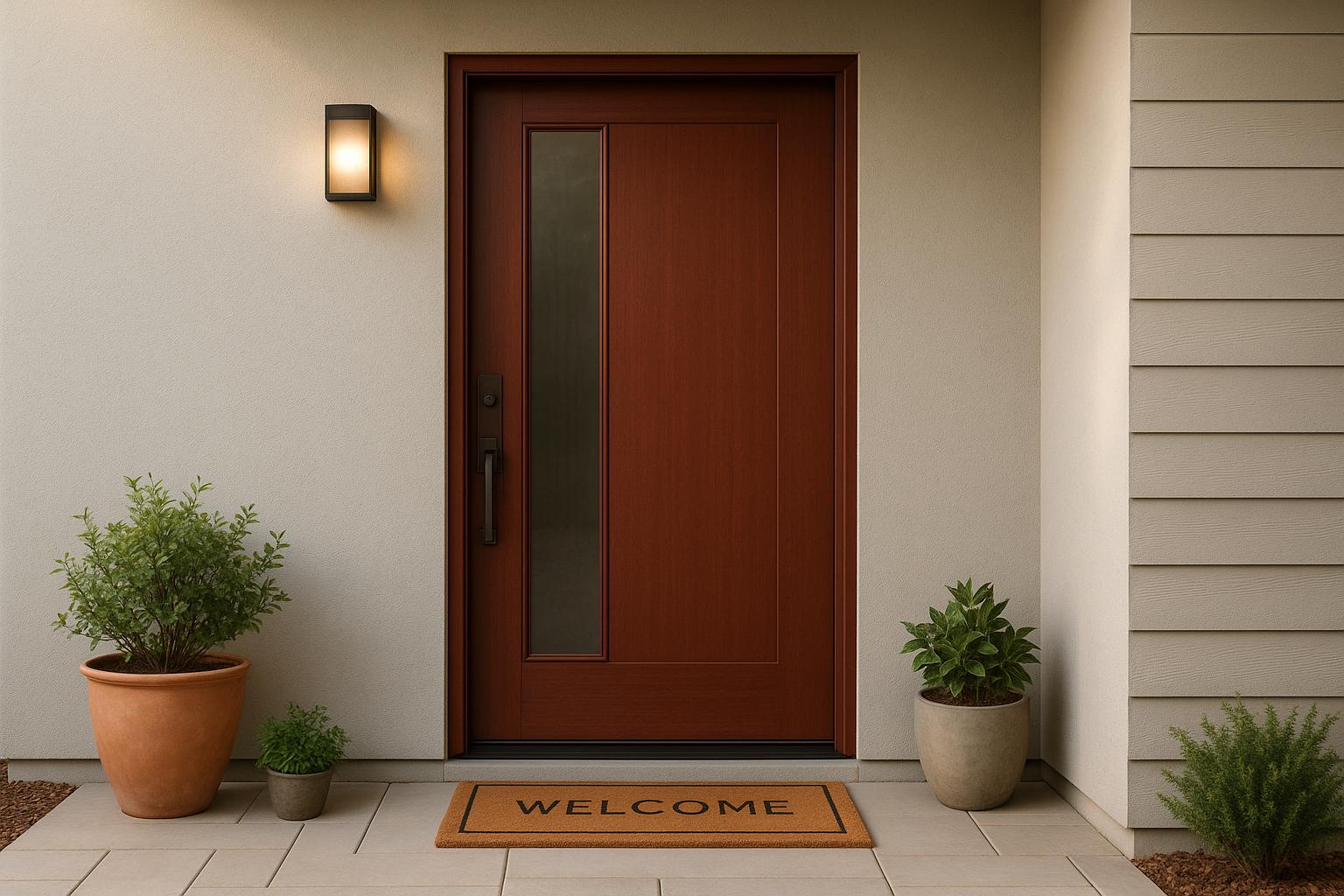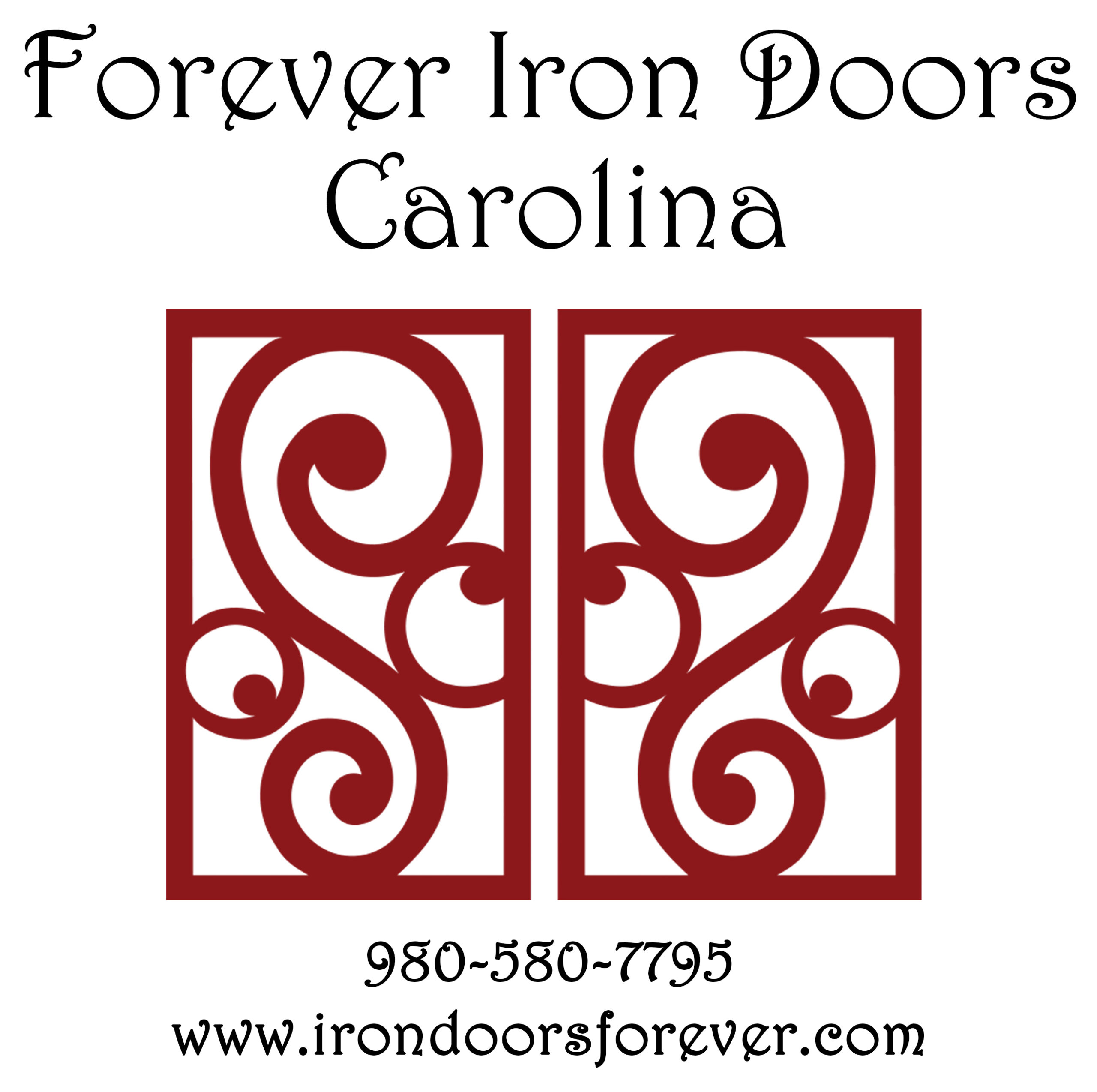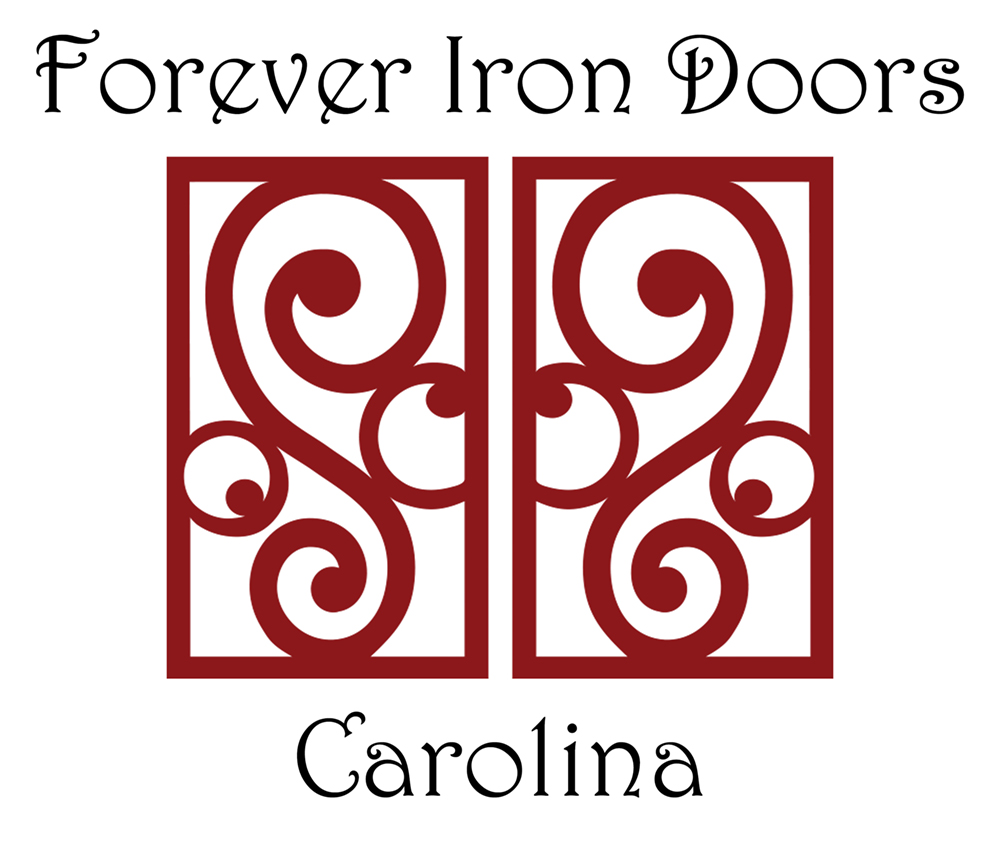Front doors range in price depending on the material and design. Here’s a quick breakdown:
- Wood doors: $200–$5,000+
- Fiberglass doors: $500–$2,500
- Steel doors: $400–$2,000
- Custom wrought iron doors: $2,000–$12,000
Materials, size, design details, and installation complexity all impact costs. For example, custom wrought iron doors are more expensive but offer durability, security, and low maintenance. Professional installation and optional upgrades like decorative glass or specialty finishes can also increase the total price.
If you’re looking for a balance between cost and performance, fiberglass and steel doors are reliable options. For a premium look and long-lasting value, wrought iron doors are worth considering.
Front Door Price Ranges
Knowing the price range for front doors can help you plan your budget and make better decisions. Costs vary widely depending on the material, with each type offering its own benefits and price points.
Door Costs by Material Type
Wood doors are often the most affordable starting option, with basic models typically ranging from $200 to $800 for standard sizes. However, if you’re looking for high-end solid wood doors with intricate designs, expect to pay anywhere from $3,000 to $5,000 or more. Keep in mind, wood doors require regular maintenance to stay in good shape.
Fiberglass doors strike a balance between cost and performance, priced between $500 and $2,500. They provide better insulation compared to basic wood doors and are designed to resist warping, making them a reliable choice for different climates.
Steel doors are priced between $400 and $2,000. Known for their durability and security, these doors are a solid option. However, they can dent and may need occasional care in humid environments to prevent rust.
Custom wrought iron doors are at the higher end of the price spectrum, ranging from $2,000 to $12,000, depending on the size, design, and level of customization. These doors offer unmatched durability, enhanced security, and a timeless look. They also require very little maintenance, making them a long-term investment.
Door Cost Comparison Table
| Material Type | Price Range | Durability | Maintenance Level |
|---|---|---|---|
| Wood | $200 – $5,000 | Moderate | High |
| Fiberglass | $500 – $2,500 | Good | Low |
| Steel | $400 – $2,000 | Good | Moderate |
| Wrought Iron | $2,000 – $12,000 | Excellent | Very Low |
Investing in wrought iron doors can save you money on upkeep over time. These figures provide a snapshot of how material types influence costs, but there’s more to consider.
Custom design features can significantly impact the final price. Standard designs are generally more affordable, while intricate patterns, specialized finishes, and unique sizes can push costs higher. For example, custom wrought iron doors start at $2,000 and can go up to $12,000, with added features like glass panels or specialized finishes increasing the price by an additional $500 to $3,000.
What Affects Front Door Costs
When planning for a custom wrought iron door, it’s helpful to understand the factors that influence its cost. From the intricacies of the design to the installation process, several elements come into play when determining your overall investment.
Design and Detail Work
The design of your door plays a big role in its price. Simple geometric patterns tend to be more affordable, while intricate scrollwork and hand-forged elements require skilled craftsmanship, which increases costs. Hand-forged details, in particular, demand significant time and expertise compared to machine-cut designs, making them a pricier option.
Door Size and Style
The size and style of the door also affect the cost. Standard single doors are the most budget-friendly, but larger or uniquely shaped designs, like oversized or arched doors, use more materials and require additional labor. Double doors add to the expense due to the extra materials and the precision needed during installation. Features like arched tops, sidelights, or transom windows further increase material costs and manufacturing complexity.
Materials and Custom Options
The materials you choose have a significant impact on the final price. High-quality wrought iron, decorative glass panels, and specialty finishes come at a premium, while more economical options, such as clear tempered glass and standard powder coatings, help keep costs down. Even hardware choices can vary widely in price, with basic options being more affordable than decorative, high-end locks with advanced features.
Installation and Location Costs
Installation costs depend on the complexity of the project and local labor rates. If structural modifications are needed to accommodate the door, expect higher expenses. Your location also matters – areas with higher labor costs or remote locations may face additional charges for both labor and delivery. Custom installations, like those for oversized doors or doors with integrated lighting, can further raise costs. Timing is another factor; rush orders or installations during busy seasons often come with premium fees. Scheduling your project during less busy periods can help manage expenses while ensuring quality work.
These considerations all contribute to the final cost, setting the stage for the next section, which will provide budgeting examples to help you plan effectively.
Budget Planning Examples
Understanding the various cost factors is one thing – but looking at real-world budget scenarios can make it easier to plan your investment in a custom wrought iron door.
Single vs. Double Door Costs
A standard single wrought iron door, featuring basic dimensions, tempered glass, powder coating, and standard hardware, typically falls within a moderate price range. However, if structural modifications are needed during installation, those adjustments can increase the overall cost.
Double doors, on the other hand, require additional materials, precise alignment, and coordinated hardware. In some cases, structural reinforcement may also be necessary, which adds to both material and labor expenses. If the design is oversized or deviates from standard dimensions, expect higher costs due to the need for extra materials and specialized installation techniques.
Now, let’s look at how custom features can further influence these costs.
Custom Option Cost Breakdown
Customizing your wrought iron door allows you to turn a functional entryway into a stunning focal point. Here’s how specific upgrades can impact your budget:
- Glass Upgrades: Choosing decorative glass, such as beveled, etched, or stained glass panels, instead of standard clear tempered glass, will increase costs. The added expense reflects the intricate designs and craftsmanship involved.
- Hardware Selections: Basic locksets and handles are cost-effective, but premium decorative hardware or options with advanced security features can significantly raise the price, offering both aesthetic and functional benefits.
- Finish Upgrades: While standard powder coatings are budget-friendly, specialty finishes – like aged, textured, or multi-tone effects – require additional steps and expertise, which can elevate the final cost.
- Timing Considerations: Sticking to standard production timelines helps keep costs predictable. However, opting for expedited manufacturing or installation may lead to additional charges due to adjustments in labor and production schedules.
These examples show how design choices – whether it’s selecting a single or double door, upgrading glass, hardware, or finishes – play a major role in shaping the final cost. By carefully balancing your desired features with your budget, you can create a custom wrought iron door that not only enhances your home’s appeal but also provides lasting security and functionality.
sbb-itb-cd90297
Care and Long-Term Benefits
A custom wrought iron door not only enhances your home’s security and curb appeal but also adds lasting value. To make the most of this investment, proper care is essential. Here’s how you can keep your door in top condition and enjoy its benefits for years to come.
How to Maintain Wrought Iron Doors
Taking care of a wrought iron door is straightforward if you follow a few simple steps:
- Regular Cleaning: Use a soft cloth, mild soap, and warm water to clean the door periodically. Avoid harsh chemicals, as they can damage the finish.
- Finish Inspection and Repairs: Check for any chips or scratches in the finish. Address them promptly with touch-up paint to prevent rust from forming.
- Hardware Care: Lubricate hinges, locks, and handles regularly to ensure smooth operation. Tighten any loose screws or fasteners as needed.
- Weather Sealing: Look for worn or damaged weatherstripping and replace it if necessary to keep drafts and moisture out.
With these maintenance habits, your wrought iron door will continue to look great and function well over time.
Investment Value and Home Benefits
Beyond its stunning appearance, a custom wrought iron door brings a variety of practical benefits to your home:
- Longevity: With proper care, wrought iron doors can last for decades, making them a durable choice.
- Improved Security: Their solid construction provides a strong defense against potential intruders.
- Energy Efficiency: High-quality seals and weatherstripping help regulate indoor temperatures, reducing energy costs.
- Boosted Home Value: A well-designed door increases curb appeal and can make your home more attractive to buyers.
- Cost-Effectiveness Over Time: While the upfront cost is higher than standard doors, the minimal maintenance and long lifespan make it a smart long-term investment.
Summary
Knowing the costs of front doors helps you make smart choices that align with your budget and your home’s requirements. The price can vary widely depending on the material, with custom wrought iron doors sitting at the higher end of the spectrum.
While custom wrought iron doors come with a larger upfront price tag, they offer exceptional durability, enhanced security, and a noticeable boost to curb appeal. These doors are built to last for decades with minimal upkeep, making them a worthwhile investment. Plus, they often increase your home’s resale value, adding to their long-term benefits.
Beyond material costs, additional factors like professional installation and premium upgrades – such as decorative glass or high-end hardware – can increase the overall expense. However, these extras improve both the door’s performance and aesthetic appeal. Proper installation is especially critical, as most heat loss happens through air leaks around the door, not the door itself. Ensuring a snug fit can significantly improve energy efficiency.
If energy savings are a priority, consider ENERGY STAR-rated doors. These doors not only lower utility bills but may also qualify for a federal tax credit of up to 30% through 2032. Look for models that meet established efficiency standards for measurable savings.
FAQs
What should I consider when selecting the best material for my front door?
When picking the best material for your front door, there are a few important things to weigh to make sure it checks all the right boxes. First and foremost, security should be at the top of your list. Materials like steel and solid wood are excellent choices because they’re tough and resistant to forced entry.
Next, consider energy efficiency. Fiberglass and steel doors are great at keeping your home insulated, especially when paired with weatherstripping and Energy Star-certified designs. This can help maintain comfortable indoor temperatures and potentially lower energy bills.
Your environment and style preferences also play a big role. For instance, fiberglass is a smart option for humid climates since it won’t warp. On the other hand, wrought iron doors bring a classic, elegant look while offering incredible strength.
Lastly, don’t forget your budget. Different materials, designs, and customization options can greatly impact the cost. By carefully balancing these factors, you can choose a front door that boosts your home’s security, energy savings, and overall curb appeal.
How does the installation process impact the cost of a front door?
The installation process plays a big role in determining the total cost of a front door. Labor costs usually make up 20% to 30% of the overall price, but this percentage can shift based on how complex the project is. For instance, if your installation involves custom designs, structural modifications, or high-end materials like wrought iron, you might need specialized expertise. This can add hundreds – or even thousands – of dollars to your final bill.
Custom wrought iron doors are a prime example. Their unique designs often require extra preparation and skilled labor, making installation a crucial factor to keep in mind when planning your budget. Homeowners should carefully consider these details to get a realistic idea of the total cost for their entryway upgrade.
What are the long-term advantages of choosing a custom wrought iron front door?
When you opt for a custom wrought iron front door, you’re choosing a solution that offers lasting benefits. These doors stand out for their incredible durability, as they can withstand challenges like moisture, rot, fire, and pests – issues that often plague wood or fiberglass options. Their sturdy construction ensures they resist warping, cracking, or rusting, keeping them both functional and attractive for many years.
Another advantage is their low-maintenance nature, which means less hassle and upkeep over time. On top of that, wrought iron doors offer strong security, thanks to their solid build, while their classic designs elevate your home’s curb appeal. Over time, their combination of durability and minimal upkeep can translate into noticeable cost savings, making them a smart and stylish choice for homeowners seeking a long-lasting entryway.



